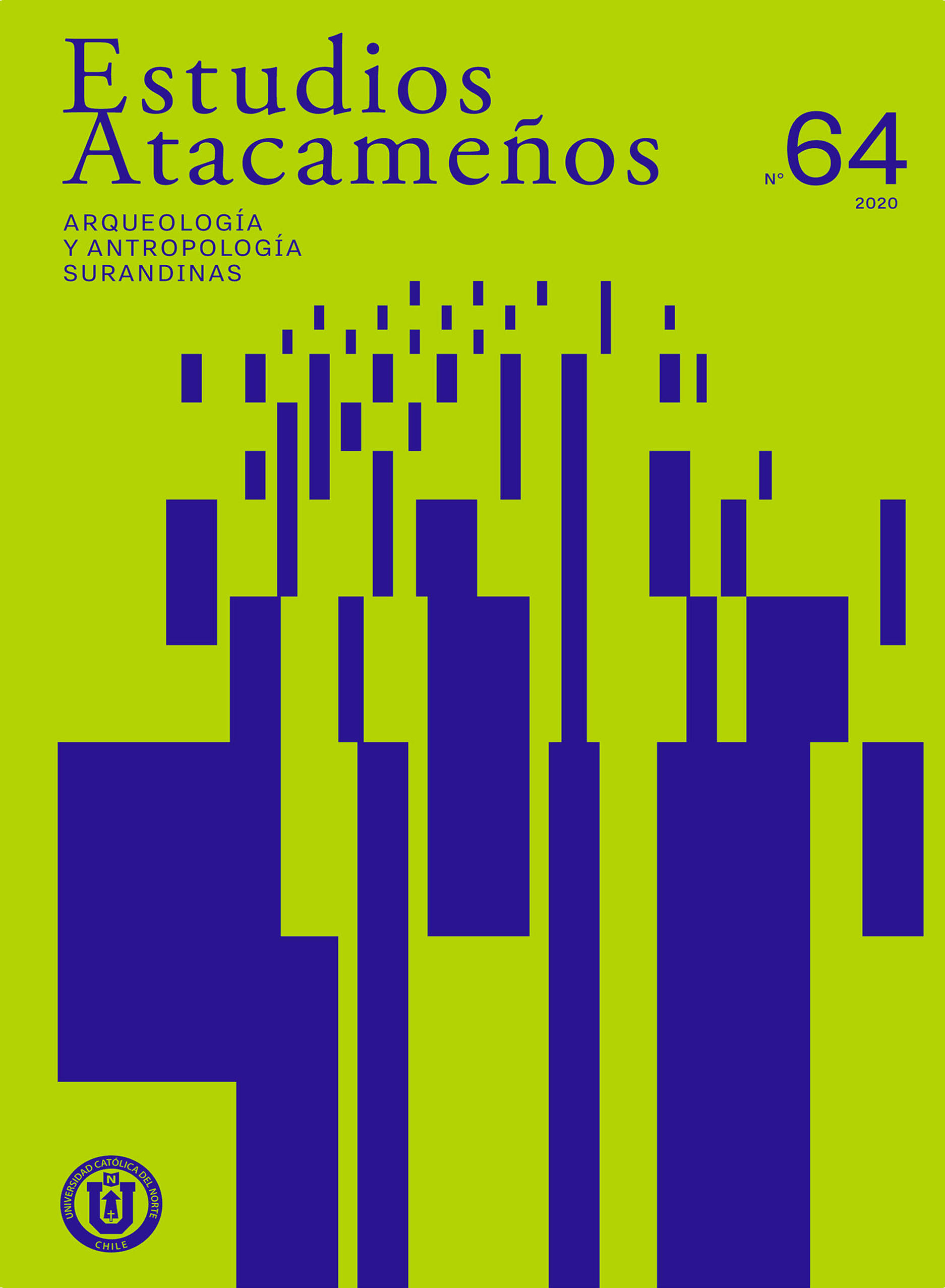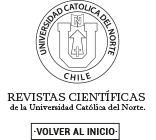Go behind the fish:
Integration strategies and ethnic-cultural diffusion in fishing villages on seacost south of RS-Brazil
DOI:
https://doi.org/10.22199/issn.0718-1043-2020-0002Keywords:
Territoriality, migratory flux, fishermen, ethnic-cultural diffusionAbstract
This article deals about territoriality processes related to the ethno-cultural configuration of fishing villages of the south coast of Rio Grande do Sul (RS), Brazil, through migratory flux, partly triggered by conflicts related to the port-industrial and agro industrial expansion on the fishing territories of the coastal zone, as well as the development of the fishing market. Faced with these situations of change, survival strategies of these groups were taking place, leading in turn to the integration and cultural diffusion among different ethnic groups, considering their work practices and their kinship logic. Thus, I seek to present processes of migratory flows of ethnic groups mainly by the way of territorial conflicts and by the native orientation of "going behind the fish". It also points to the configuration of a "territory of the socially excluded", where the beach offers possibility of surviving these groups, through working and relationships between local communities, to those who come from outside. Then, I treat to approaching the formation of the ethnic configuration of that region as a creative practice and of cultural resistance, in this way the question of the cultural heritage is articulated with the dynamism of the way of life.
Downloads
References
Adomilli, G. (2007). Terra e Mar, do viver e do trabalho na pesca marítima: tempo, espaço e ambiente com pescadores de São José do Norte – RS. (Tesis de Doctorado). Universidade Federal do Rio Grande do Sul, Porto Alegre, Brasil.
Bourdieu, P. (1958). Sociologie de l’Algérie. Paris: PUF.
Bunse, H. W. (1982). São José do Norte: aspectos linguísticos-etnográficos do Antigo município. Porto Alegre: Editora Globo.
Cascaes, F. (1989). O Fantástico na Ilha de Santa Catarina. Florianópolis: Editora da UFSC.
Cordell, J. (2001). Marginalidade social e apropriação territorial marítima na Bahia. En Diegues, A. C.; Moreira, A. C. (Orgs.). Espaços e recursos naturais de uso comum. São Paulo: NUPAUB/USP.
Diegues, A. C. (1983). Pescadores, Camponeses e Trabalhadores do Mar. São Paulo: Ed. Ática.
Diegues, A. C. (Org.). (2000). Saberes tradicionais e biodiversidade no Brasil. Brasília: MMA. Recuperado de: http://livroaberto.ibict.br/bitstream/1/750/2/Biodiversidade%20e%20comunidades%20tradicionais%20no%20Brasil.pdf;Saberes (acceso 13.09.2019).
Editora do Brasil. (2019). Mapa Região Sul: político – Projeto Jimboê. Recuperado de: http://www.editoradobrasil.com.br/jimboe/galeria/imagens/index.aspx?d=matematica&a=4&u=2&t=imagem (acceso 13.09.2019).
Ihering, H. V. (2003). A lagoa dos Patos no século XIX. Rio Grande: Ed. Ecosciencia.
Kern, A. (1994). Antecedentes indígenas. Porto Alegre: Editora da universidade /UFRGS.
Lima, R. K. (1999). Polícia, justiça e sociedade no Brasil: uma abordagem comparativa dois modelos de gerenciamento de conflitos no espaço público. Revista de Sociologia e Politica, 13, 23-38.
Lima, R. K. (2004). Os cruéis modelos jurídicos de controle social. Insight –Inteligência, 6(25), 131-147.
Martins, C. A. (2002). No trabalho dos pescadores artesanais a Lagoa dos Patos vive e dá vida. Scripta Nova, 4, 1-20.
Niederle, P. A., y Grisa, C. (2006). Transformações sócio-produtivas na pesca artesanal na Lagoa dos Patos RS. Revista Eletrônica do Mestrado em Educação Ambiental, 16, 85-106.
Orlando, A. M. (1989). Alguns aspectos da pesca fazem Camarão não está localizado em Lagoa dos Patos, Rio Grande do Sul, Brasil. Rio Grande: CIRM - FURG (No publicado).
Queiroz, M. I. P. (1972). O campesinato brasileiro. Petrópolis: Ed. Vozes.
Rial, C. S. (1988) Mar de Dentro. A transformação do Espaço Social na Lagoa da Conceição. (Tesis de Maestría). Universidade Federal do Rio Grande do Sul, Porto Alegre, Brasil.
Santos, C. F., Puccinelli, V. R., Oliveira, C. L., Mascarello, M. A., y Machado, C. R. S. (2016). São José do Norte (RS/Brasil): meio ambiente como mercadoria. Geografares, 2(22), 82-94. Recuperado de: http://www.periodicos.ufes.br/geografares/article/view/11991 (acceso 13.09.2019).
Wolf, E. (1957). Comunidades corporativas cerradas de campesinos en Mesoamérica y Java Central. Southwestern Journal of Anthropology, 13(1), 1-17. Recuperado de: https://www.ciesas.edu.mx/publicaciones/clasicos/00_CCA/Articulos_CCA/CCA_PDF/041_WOLF_Comunidades_campesinas_corporadas_20150522.pdf (acceso 13.09.2019).
Woortmann, E. (1995). Herdeiros, Parentes e Compadres. Colonos do Sul e Sitiantes fazem Nordeste. São Paulo: Hucitec Estudos Rurais.
Woortmann, E. (1997). O Trabalho da terra e a lógica simbólica da lavoura camponesa. Brasilia: Ed. UNB.
Downloads
Published
Issue
Section
License
Copyright (c) 2020 Estudios Atacameños. Arqueología y antropología surandinas

This work is licensed under a Creative Commons Attribution 4.0 International License.

All works published in Revista Estudios Atacameños (ISSN on line:0718-1043) Revista Estudios Atacameños Creative Commons International 4.0 attribution (CC BY 4.0) licence.
Authors remain the owners of their work and may republish their articles elsewhere without having to request permission, as long as they indicate that the work was originally published in Revista Estudios Atacameños (ISSN on liine:0718-1043).












